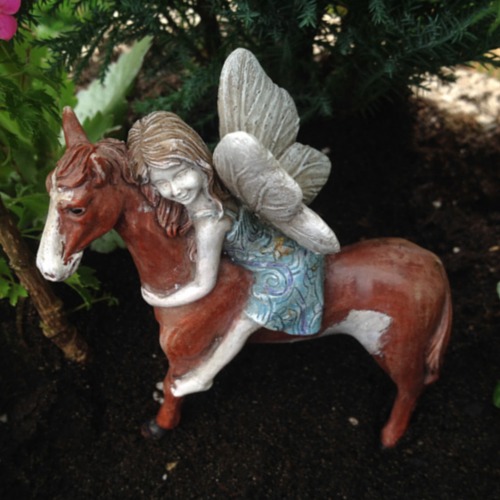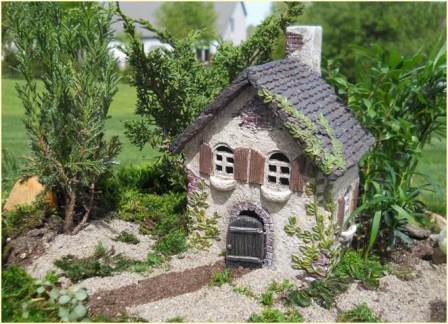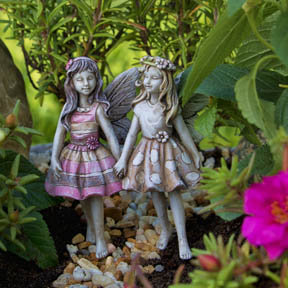Here in Columbus, when the viola and pansy flower plants start to bloom I know that spring has arrived! With their broad range of colors and easy-to-grow nature, viola and pansy flowers are wonderful for adding vibrancy and cheer to your spring and fall container gardens and flower borders.
We get a lot of questions at the Shoppe about how to care for pansies and violas in our area, where both of these plant varieties are grown as cool weather annuals. Here’s what you need to know:
- When to Plant Pansies & Violas – In Ohio, early spring and late fall are both ideal times to plant viola and pansy flowers. We anticipate having plants for sale here at Baker’s Village Garden Center starting around March 20.
- Where to Plant Pansies & Violas – Your viola and pansy flower plants will do well in containers, beds and borders, and window boxes. They can take the full sun in March and April when it is cool in Columbus. By late May when the temperature starts consistently hovering around 80 degrees, it’s best to place your pansies and violas in a shady area of your garden – a northeast exposure is ideal. A great setting would be one that gets full sun before the trees are fully leafed out and dappled shade during the summer. Plus, when preparing to plant, keep in mind that pansies and violas do best in a rich, organic, well-drained soil.
- How Often to Water Pansies & Violas – Water your plants immediately after transplanting. After that, how often to water depends on the weather. If it is warm, you may need to water every few days. If the weather is cooler, you will not water as much.To ensure that you don’t over- or under-water, I recommend that you “test the soil” by placing your finger inside the container as far down as possible. If the soil is moist, wait another day or two before watering. If it’s dry, water until you see water coming out of the bottom of the container, to ensure that the root system got fully saturated.
- How to Keep Your Viola & Pansy Flowers Blooming – Deadheading (removing the spent blooms) will encourage the plants to bloom longer.When deadheading a pansy flower, be sure to pinch all the way down the stem until you find the main axel. Don’t just pinch it off at the top where the flower was. You want to keep all the energy in the soil so that the plant will produce more blooms. If you just pinch off the spent viola or pansy flower and not the stem that it was on, the plant will waste energy on this stem. Pinch those stems off to force the plant to keep energy at the bottom so it can produce more blooms!
- How to Feed Pansies & Violas – Regular feeding with a water-soluble fertilizer such as “Jack’s” is one of the keys to success with these plants.
- What to Do about Frost – Your viola and pansy flowers will easily handle temperatures down to 32 degrees. If the temperature is going to drop below 32 degrees, you should cover the plants with a light sheet if they are planted in the ground. Never use plastic, as that can burn the plants. If your violas and pansies are in containers, bring them inside your garage and then remember to place them outside again the next day. However, you should not bring the containers inside your home as it is too warm; the temperature change would be too much of a shock on the plants when you place them back outside again.
- What to Do about Heat – Heat can cause violas and pansies to become leggy and stop blooming. If the summer heat starts to wreck your plants, your best bet is to simply remove them to make way for your favorite summer annuals.Be sure to send us a picture of your thriving viola and pansy flowers, so we can share it on the Baker’s Village Facebook page!







Leave A Comment